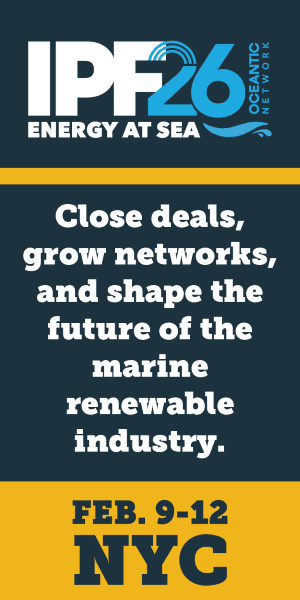The global energy market requires significant consideration from companies as they contemplate the feasibility of projects and potential monetization. Ensuring a smooth process can fast-track projects beyond planning into actual implementation. PETRONAS, a Malaysian-owned energy operator, alongside Suriname’s national oil company (NOC) Staatsolie Maatschappij Suriname, have reached a crucial step for the plans of Suriname’s inaugural offshore gas project that could strengthen the South American nation’s energy infrastructure over the coming years.
PETRONAS and Staatsolie reach a declaration of commerciality for a new gas project in Suriname
The South American region has vast amounts of natural resources that are just waiting to be explored. Nations such as Venezuela have become energy powerhouses thanks to their oil and gas reserves. Now, the tiny nation of Suriname, which is located in the North of the continent, is aiming to launch a new gas exploration project in the coming years.
Suriname’s national oil company, Staatsolie Maatschappij Suriname, alongside the energy major PETRONAS, has reached a declaration of commerciality (DoC) of the Sloanea field in Block 52.
This crucial development confirms the project’s readiness and sets the stage to progress from discovery towards development, subject, of course, to the pair giving a Final Investment Decision.
The declaration of commerciality builds on the substantial momentum from a previous exploration project in Sloanea 1 in 2020. This new development underscores PETRONAS and Staatsolie’s commitment to developing the nation’s gas infrastructure as well as confirms the potential of Suriname’s deepwater gas reserves.
“This achievement highlights PETRONAS’ focus on high-value growth through partnership and expertise, while strengthening Suriname’s position as an emergent deepwater hub in the Suriname-Guyana Basin.” – PETRONAS Website
The next step in the Sloanea field gas project is a crucial one for both companies
According to the industry standards, the next step would be for PETRONAS to draft and submit the development plan to Staatsolie for its approval. Once that happens, PETRONAS has stated that the Final Investment Decision is expected to be made in the second half of 2026, with the first flow of gas from the project set for 2030.
“The DoC of Sloanea-1 affirms the field’s economic feasibility towards its development and commercialisation. This milestone underscores the robust collaboration and mutual trust between PETRONAS and Staatsolie, founded on technical proficiency, environmental stewardship, and a commitment to delivering shared benefits for the people of Suriname.” – PETRONAS Vice President of International Assets of Upstream, Mohd Redhani Abdul Rahman
It’s worth mentioning that PETRONAS signed the PCS for Block 52 in the Sloanea field way back in 2013, and has since then made three new discoveries, setting the stage for a long-term relationship with the South American nation. PETRONAS holds an 80% stake in the project, with the remainder being held by Paradise Oil Company (POC), a subsidiary of Staatsolie.
The Sloanea-2 appraisal well was drilled in 2024, enabling the companies to plan a substantial investment in the upstream gas project. According to Staatsolie, the selected development concept consists of gas development wells, subsea infrastructure, and a floating LNG (FLNG) facility, which could be the first for the region. The South American region is set to see massive increases in production over the years to come as the market diversifies.
Several nations are making astonishing new investments in the upstream gas sector
Suriname’s exploration of the new gas discovery comes as several other nations are approving massive investments in new fields, unlocking a treasure trove of potential energy supplies. The global energy market has been fostering new projects in nations that formerly took a back seat to the larger and more influential energy-rich nations that dominate the market. With the end of Russian oil and gas flowing into the market, energy operators are scrambling to find a non-Russian supply to meet demand.





